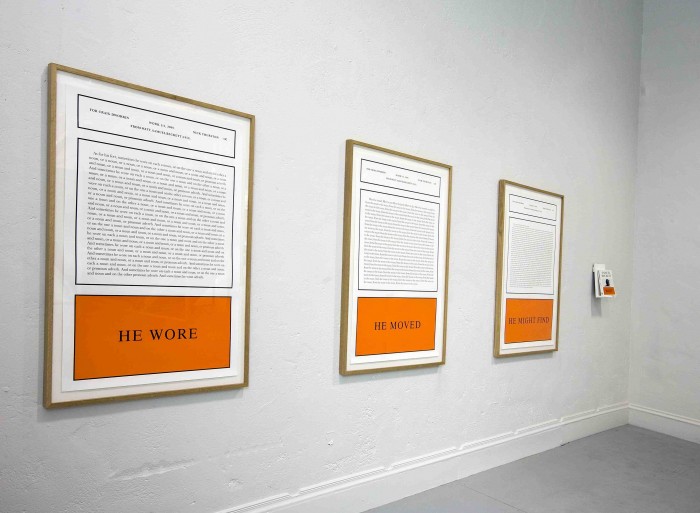
He Wore, He Might Find, & He Moved
Nick Thurston
Price contact simon [at] informationasmaterial [dot] com for prices and availability
Format triptych of two-colour screenprints made with archival and lightfast inks on Somerset White Velvet 300gsm paper
Year 2009
Edition hand-numbered
Dimensions 1000 x 650 mm
This series of fine prints invokes the last novel that Samuel Beckett wrote in English, ‘Watt’. The literary manoeuvres Beckett explores find, what he himself called, an “unsatisfactory” fictive embodiment in the narrative of ‘Watt’. But his displacement of conventional noevlistic priorities allows the book to operate as an exercise in form and a formal play with classic modernist themes (i.e. rationalism, negation etc.).
Among its most distinctive motifs are long lists of choices faced by the main character, Mr. Watt. The scale and structural repetitiveness of these lists present hyper-exaggerated combinations of choices by reducing each option to a permutative unit held between a tightly strung syntactical pattern:
As for his feet, sometimes he wore on each a sock, or on the one a sock and on the other a stocking, or a boot, or a shoe, or a slipper, or a sock and boot, or a sock and shoe, or a sock and slipper, or a stocking and boot, or a stocking and shoe, or a stocking and slipper,or nothing at all. And sometimes he wore on each a stocking, or on the one a stocking and on the other a boot, or a shoe, or a slipper, or a sock and boot, or a sock and shoe, or a sock and slipper, or a stocking and boot, or a stocking and shoe, or a stocking and slipper, or nothing at all…”
Mr. Watt is the consistent ‘He’ through Thurston’s series. Each of Thurston’s three prints intervenes in one directly quoted list from ‘Watt’. Using shallow parsing – a technique of linguistic analysis – Thurston has reduced the language tokens that represent the possible choices implicated by three simple actions (wearing, finding and moving) to their simple grammatical function (as noun, adjective etc.). The three resultant poems switch the reader’s attention to the slight nuances in Beckett’s connective patterns – the conjunctions, punctuation etc.:
As for his feet, sometimes he wore on each a noun, or on the one a noun and on the other a noun, or a noun, or a noun, or a noun, or a noun and noun, or a noun and noun, or a noun and noun, or a noun and noun, or a noun and noun, or a noun and noun, or pronoun adverb. And sometimes he wore on each a noun, or on the one a noun and on the other a noun, or a noun, or a noun, or a noun and noun, or a noun and noun, or a noun and noun, or a noun and noun, or a noun and noun, or a noun and noun, or pronoun adverb…”
The uniform layout of Thurston’s prints undesigns the iconic book cover of the John Calder edition of ‘Watt’ by appropriating its tripartite structure, bottom-up information flow, colour-scheme and font set.
Sets of He Wore, He Might Find, & He Moved are available, price on request.
He
- Categories →
- Editions
Portfolio
-
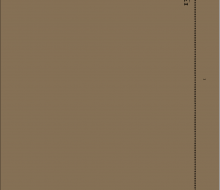
13 March 1911

-
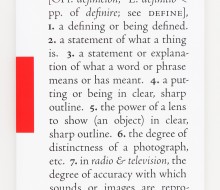
Def.

-
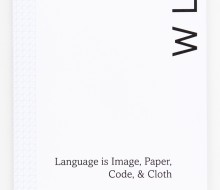
Weaving Language

-
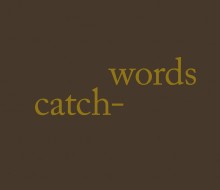
Catch-words

-
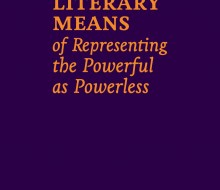
On the Literary Means of Representing the Powerful as Powerless

-
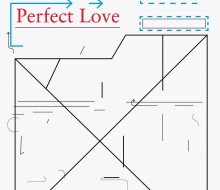
Perfect Love

-
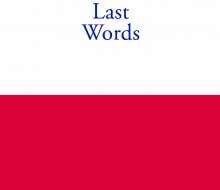
Last Words

-
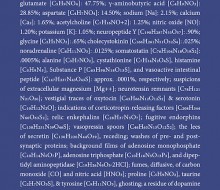
Reading Matters

-
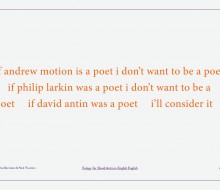
Eulogy for David Antin in English English

-
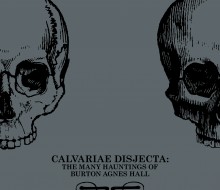
Calvariae Disjecta: The many hauntings of Burton Agnes Hall

-
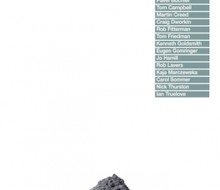
Reading as Art

-
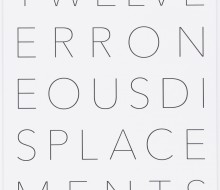
Twelve Erroneous Displacements and a Fact

-

Cartography for Girls

-
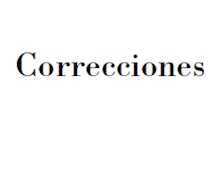
Correcciones

-
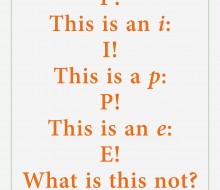
Magritte for Cheerleaders

-
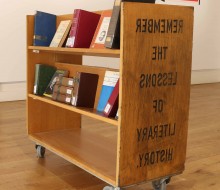
(Expanded Second Edition)

-
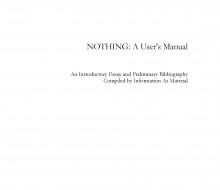
Nothing: A User’s Manual

-
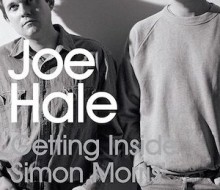
Getting Inside Simon Morris’ Head

-
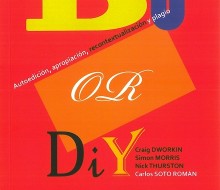
Spanish Do or DIY translation

-
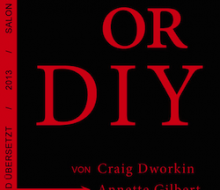
German Do or DIY translation

-
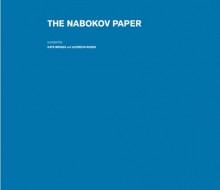
The Nabokov Paper

-
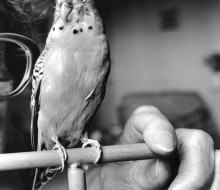
I, Sparkie

-
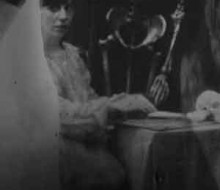
Dis Manibus: A Taxonomy of Ghosts from Popular Forms

-
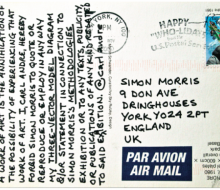
Learn to Read Differently

-
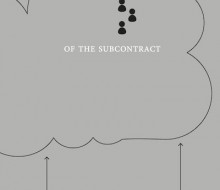
Of the Subcontract, Or Principles of Poetic Right

-
Page 141 2

-
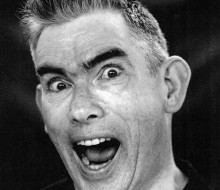
Jaap Blonk, Poet-in-Residence at Shandy Hall

-
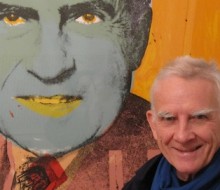
Garry Neill Kennedy, Artist-in-Residence at Shandy Hall

-
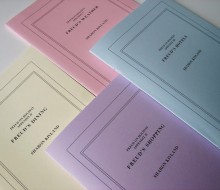
Freud on Holiday: Appendices III and IV, plus full wrapped set

-
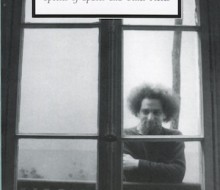
Pigeon Reader

-
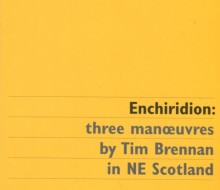
Enchiridion: three manoeuvres by Tim Brennan in NE Scotland

-
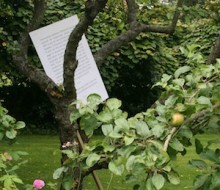
Do or DIY – exhibition 2

-
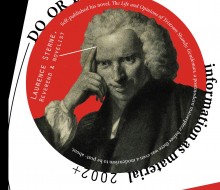
Do or DIY – pocketbook

-
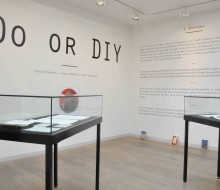
Do or DIY – exhibition 1

-
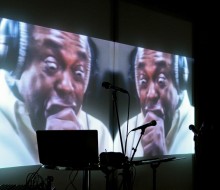
Sucking on Words poetry readings

-
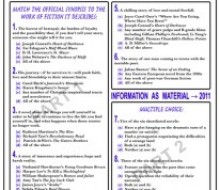
The Man Booker Shortlist Quiz!

-
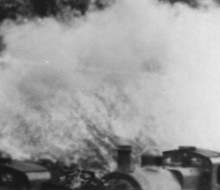
Reisen II

-
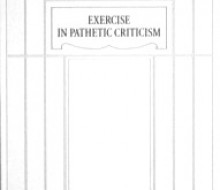
Exercise in Pathetic Criticism

-
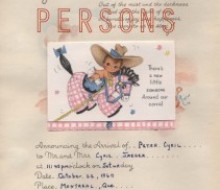
The Persons

-
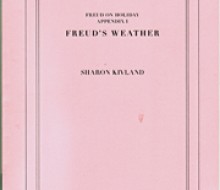
Freud’s Weather

-
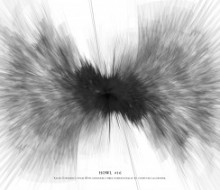
Howl #16

-
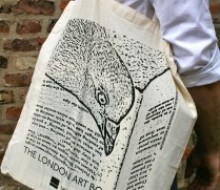
Have a Peck at Perec, tote bag

-
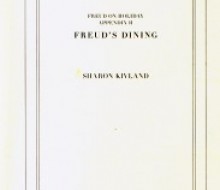
Frued’s Dining

-
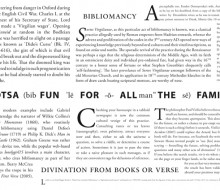
Bibliomancy: Lotsa Fun For All The Family

-
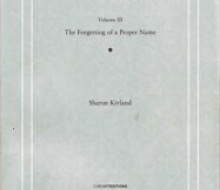
The Forgetting of a Proper Name

-
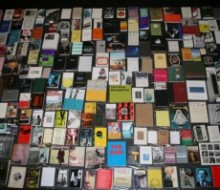
Summer School for Literary Perverts

-
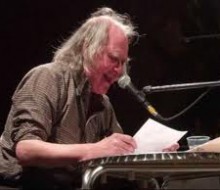
Poetry Readings in Leeds

-
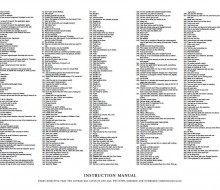
Instruction Manual

-

information as material residency

-
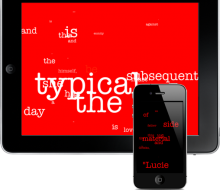
Re-Writing Freud app

-
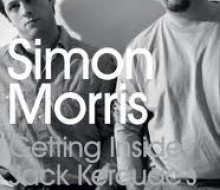
Getting Inside Jack Kerouac’s Head

-
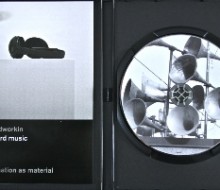
Making Nothing Happen DVD

-
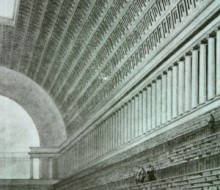
The Perverse Library

-
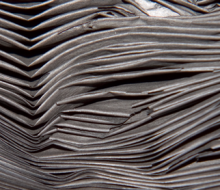
The Perverse Library exhibition

-
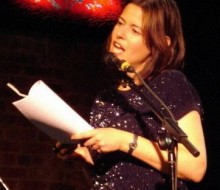
Robert Fitterman & Kim Rosenfield Residency

-
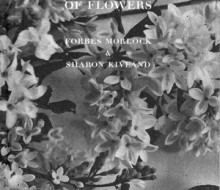
Freud and the Gift of Flowers

-
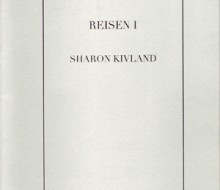
Reisen I

-
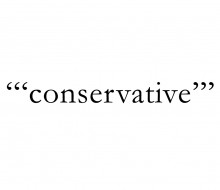
THE IDEOLOGY OF DAVID CAMERON’S PARTY

-

Marie-Josée Jean & Klaus Scherübel Residency

-
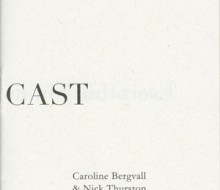
THE DIE IS CAST

-
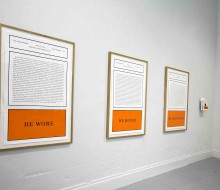
He

-
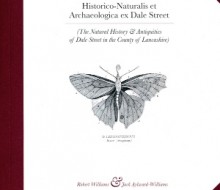
Historico-naturalis et Archaeologica ex Dale Street

-
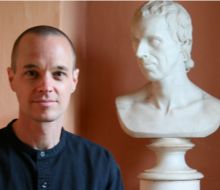
Craig Dworkin Residency

-
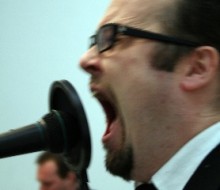
The Voice and Nothing More: an academic mash up

-
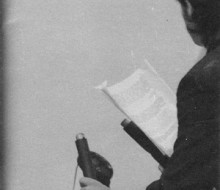
Spinning Vol. II: De-Centering the Self

-

A Perverse Library

-
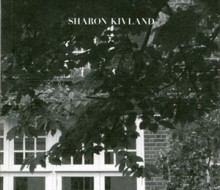
An Agent of the Estate

-
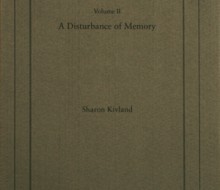
A Disturbance of Memory

-
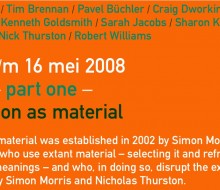
Iam Survey Exhibition

-
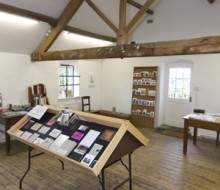
A One Day Bookshop for Experimental Literature

-
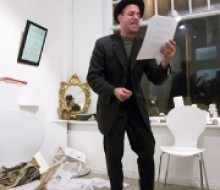
Kenneth Goldsmith Residency

-
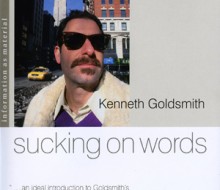
sucking on words DVD

-
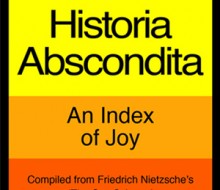
Historia Abscondita (An Index of Joy)

-
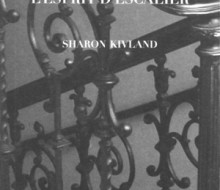
L’esprit d’escalier

-
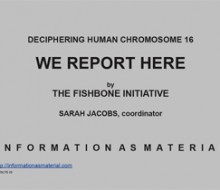
We Report Here

-
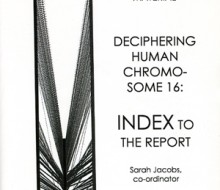
Deciphering Human Chromosone 16: Index to the Report

-
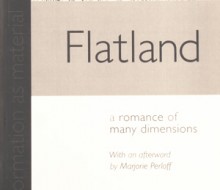
Flatland: A Romance of Many Dimensions

-
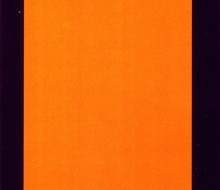
Reading the Remove of Literature

-
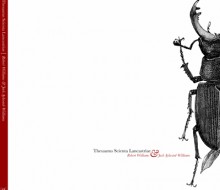
Thesaurus Scienta Lancastriae

-
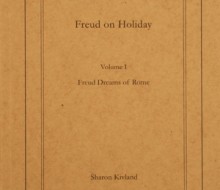
Freud Dreams of Rome

-
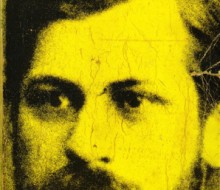
Re-Writing Freud

-
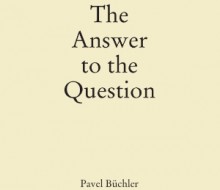
The Answer to the Question

-
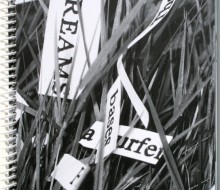
Royal Road to the Unconscious

-
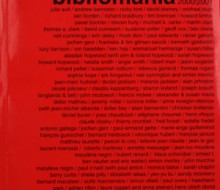
bibliomania 2000-2001

-
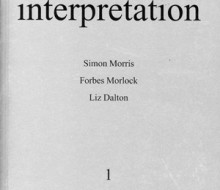
Interpretation vol.I

-
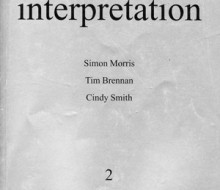
Interpretation vol. II

-
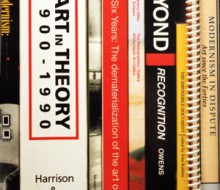
bibliomania 1998-1999

